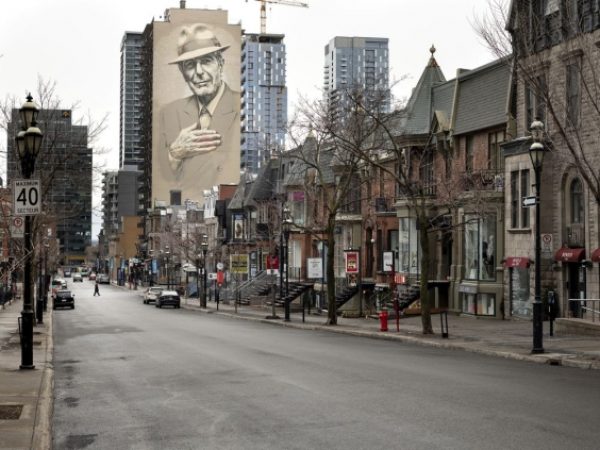In the COVID-19 world, insomnia and a laptop can be a dangerous combination. I own a small business and presumably the life blood of our beleaguered economy. My story is probably not much different than that of thousands of other entrepreneurs, but I will tell it anyway.
Let me start at the end. This year, the company that I co-founded with my business partner Esther Buchsbaum celebrates its 30th year in business. We defied the odds on many levels. Partnerships are like marriage, and few make it this far. Business advisors will tell you to take in laundry before taking a partner, but despite the warning we’ve endured for three decades. Nothing is perfect, but our common values and vision for our consulting business survived the occasional rifts. We planned to celebrate big, proud of what two young women built: an owner-managed business with offices in two cities, a global network and multi-national clients. We expected a terrific year and one we’d be grateful for, and without a Holdco safety net.
Entrepreneurs know that running a business is not for the faint of heart. You take risks, some succeed and others fail.
We survived the 2008 downturn. In 2013, we lost our largest client, with a seven-figure revenue, due to a global agency consolidation. For the first time since we set up in 1990, we let several people go. Firing talented, loyal individuals who had a promising future with us was gruelling. We did it and pushed forward.
Ours is a highly competitive business that requires finding new revenue streams and being flexible in working with clients. Payment terms can now extend to 120 days for multi-national clients. Completing deliverables is often the trigger for payment, so even if you work on a project for three months, you can’t bill until it’s completed, and then wait 90 to 120 days to collect.
Which brings me to COVID-19 and the federal government’s claims about what it is doing to help keep small businesses alive and staff employed. I don’t expect these programs to meet the specificities of individual businesses, but this needs to be considered in structuring support. The government needs to give us the benefit of some doubt. We desperately want to keep our team, even though they aren’t functioning at full capacity. We are doing everything we can to keep spirits up, including daily Zoom calls to make sure they are safe and healthy. We share what each of us are grateful for, but at the end of the day the only thing to keep hope alive is some sort of job security. We need to be transparent.
Based on the ever-changing guidance, we do not qualify for a 75 per cent wage subsidy.
Tell me the name of one small business that is willing to risk its survival by waiting for the point of no return?
The lack of definitive measures is unacceptable. First it was a 10 per cent subsidy. When that was a non-starter, the prime minister upped it to 75 per cent of wages to stave off further unemployment. This sounded like a godsend until you read the fine print, which would exclude businesses like mine. Is the best the finance minister can do? Yes, I expect to qualify for the $40,000 loan, however that will not cover the rent and payroll for two offices for very long.
If our revenues fluctuate seasonally, we have contracts cancelled, delayed payables or delinquent clients, how do we pay rent and payroll and other fixed expenses?
Small businesses need help now. If a few companies abuse the system, maybe that’s a cost that needs to be absorbed.
After 30 years of paying taxes, creating jobs and contributing to our profession we should not have to beg for help.

